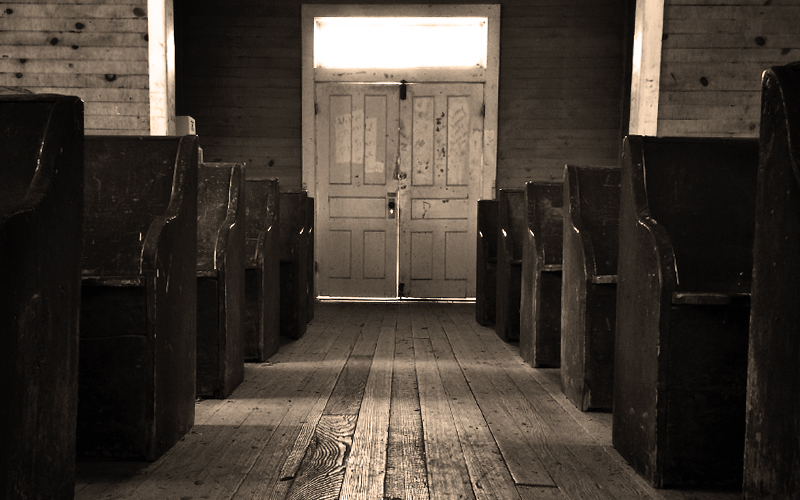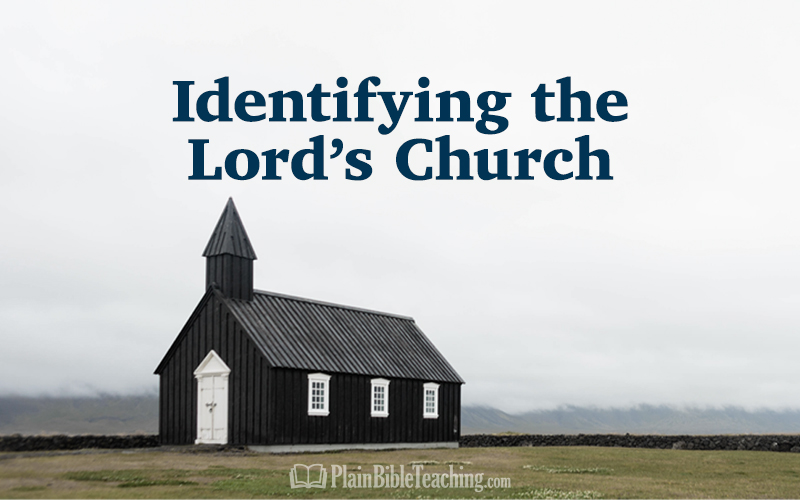
Corydon E. Fuller, in Reminiscences of James A. Garfield, described a period in which he (the author) was working with a school in Hambden, Ohio, in 1851. In this “little village” that “enjoyed no past, and had no hope in the future,” there were two churches which he described in this way:
“The two churches stood like gladiators over against each other, shabby in their weather-beaten habiliments, faded and tattered by winter’s storms and summer’s heat. Without, they were forbidding and repulsive; within, the fires had grown cold upon their altars, and the worshipers had departed, save a few fossils who had come down from a former generation.” (Reminiscences of James A. Garfield, p. 39)
No additional information is given about these churches and how they got into this condition. However, any church could find itself in this condition in the future, no matter its current state.
The churches Fuller described were once active in their work and worship. Yet over time, their services had “grown cold,” and most of the “worshipers had departed.” Whether one condition led to the other or both happened concurrently, they were related (and can also be in our churches today).Continue Reading
















